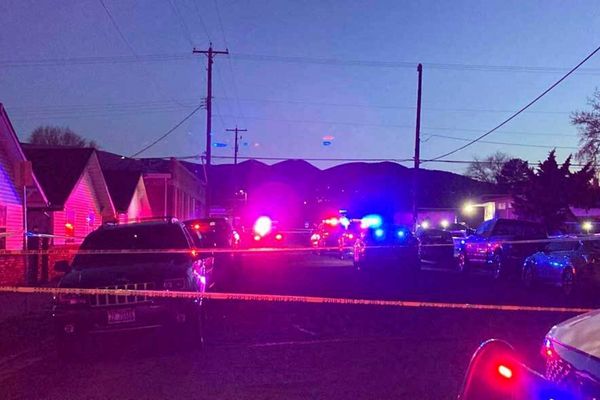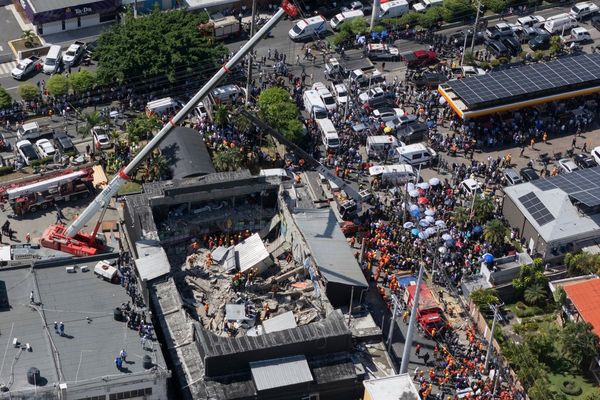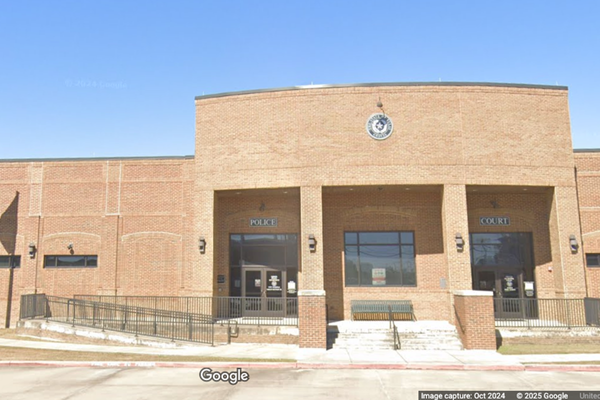
A misfired rocket launched by a Palestinian faction in Gaza was likely responsible for the al-Ahli hospital blast, according to a European military source interviewed by FRANCE 24. The death toll of the explosion, which Hamas attributed to an Israeli air strike, is likely to be lower than announced, the same source said.
Hamas and the Israeli government have been trading blame for the deadly explosion that rocked al-Ahli hospital in central Gaza on October 17. At least 471 people were killed, according to the Gazan Ministry of Health, while US intelligence sources put the death toll between 100 and 300. Hamas officials blamed the explosion on an Israeli air strike, with Israeli authorities in turn saying the blast was the result of a misfired rocket launched by Palestinian militant group Islamic Jihad. Islamic Jihad has denied responsibility.

Having examined images showing the damage at the point of impact at al-Ahli hospital, a European military source interviewed by FRANCE 24 contested Hamas's version of events, taking into account the weapons likely to have been used and the context in which the strike took place.
Satellite images of the impact appear to show little structural damage to the hospital buildings and a relatively small blast zone from the explosion. The point of impact appears to be a 30-cm-deep hole measuring roughly one-metre-by-75 cm in diameter. This damage pattern is consistent with a rocket carrying around 5 kg of explosives, and no more than 10kg, according to the source. A metal object visible in the bottom of the hole seems to have an oblique inclination, which the source interprets as the result of a south-to-north trajectory.

Photos taken the day after the strike show several surrounding buildings and vehicles still relatively intact, with some windows shattered either by the blast or the ensuing fire. There appear to be no rocket or missile remains around the site.
Among the possible scenarios, the military source considered a number of them unlikely based on the armaments likely to have been used and the damage that can be observed in these images.
- An air-to-ground strike by an Israeli fighter jet
The European source asserted that we can rule out this hypothesis, as the usual 250-kg-bomb used by the Israeli military would have left a huge crater, not a 30-cm-deep hole. A fighter jet strike, or even a smaller drone strike, seems unlikely given the absence of debris, the source said. The source also referred to a confidential image allegedly showing the extremity of a rocket in the hole.
- An intercepted Palestinian rocket
The same source explained that the Israeli system for intercepting rockets usually destroys incoming projectiles in the middle of their trajectory rather than during their firing phase. In addition, the source said, debris from an intercepted rocket could not have caused the amount of damage observed on the ground. The source also discarded the possibility of an Israeli interceptor missile falling on al-Ahli hospital, arguing that Israel’s interception devices are programmed to explode at a certain altitude to prevent debris from hitting Israeli civilians below.

- Mishandling of explosives
There is no surveillance or satellite imagery to suggest that a car bomb exploded or that explosives were handled at the site, the European military source said.
- A misfired rocket from a Palestinian faction
The European military source assessed that the explosion was probably caused by a rocket fired from Gaza. The dimensions of the hole and the damage caused by the explosion are consistent with the smaller model of rockets used by Palestinian factions, the source said – approximately 107 mm, with an explosive head weighing around 5 kg.
An analysis of the context also supports this hypothesis, the source said, saying that there was a 10 percent misfiring rate for Palestinian rockets. According to confidential information the source reportedly exchanged with other intelligence services, Hamas and other Palestinian factions had launched about 6,500 rockets by October 17, compared with between 5,000 and 6,000 Israeli strikes.
The European military source also questioned the death toll announced by the Gazan Ministry of Health, saying that it was highly unlikely that 471 people died in this explosion. Besides the size of the hole and limited structural damage, the usual dead-to-injured ration suggests that there should be four people wounded for each person killed, the source said.
The fact that the blast took place outside, coupled with the small amount of human remains such as blood, hair and clothing visible at the site as well as the speed with which the death toll was announced all point to an inflated death toll, according to the source.







